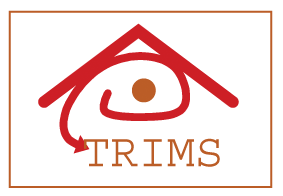| |
|
|
| project results: |
Dictionary of neighbourhood configurations using fuzzy spatial and topological
relations (work in progress).
Building on our previous work on Non-Gibbsian Markov Random
Fields, we investigate the use of fuzzy representations for spatial and
topological relationships. A fuzzy concept is one that holds to a variable
degree which is determined by a membership function associated with that concept.
The membership function typically maps a set of measurements to the unit interval.
We introduce three membership functions that specify the degree to which a region
is above, to the right, or surrounding another. Each region pair is thus
associated with a three dimensional membership vector. The image shows a
two-dimensional projection of the vectors corresponding to all region pairs of
our training collection (vertical axis: containment, horizontal axis: aboveness).
A neighbourhood configuration involving a focal region and N labelled neighbours
is represented by a Nx3 label-augmented membership matrix. In order to obtain a
small number of representative configurations, we introduce a distance between
configurations and apply the k-medoid algorithm to all configurations observed
in the training set. This gives us a set of what we call configuration prototypes.
By noting the label at the focal region of each configuration associated with a
prototype, we are now able to determine a conditional probability distribution
over labels, and thus to define our fuzzy non-Gibbsian Markov random field.
References
| [1] |
I Bloch (2007), Fuzzy representations of spatial relations for spatial reasoning, Wiley and Sons
|

|
|


